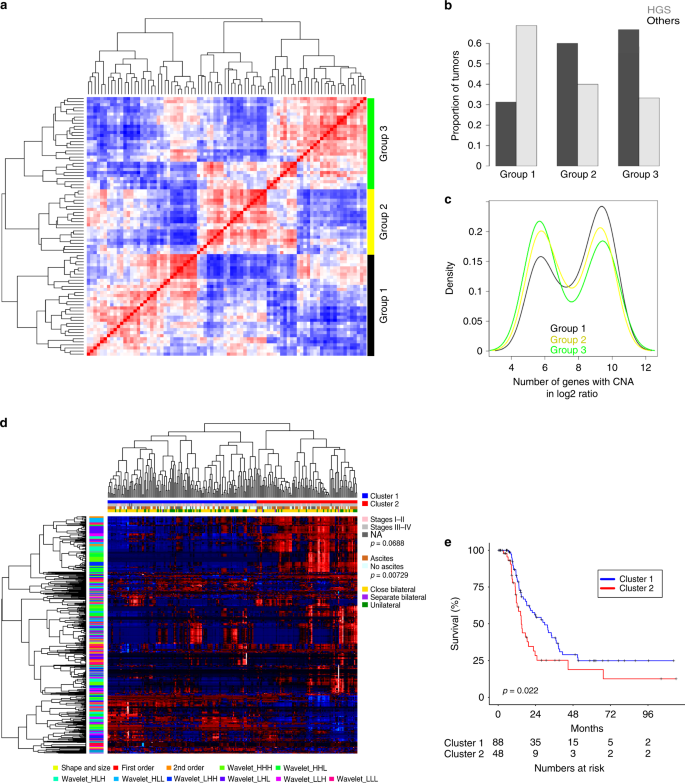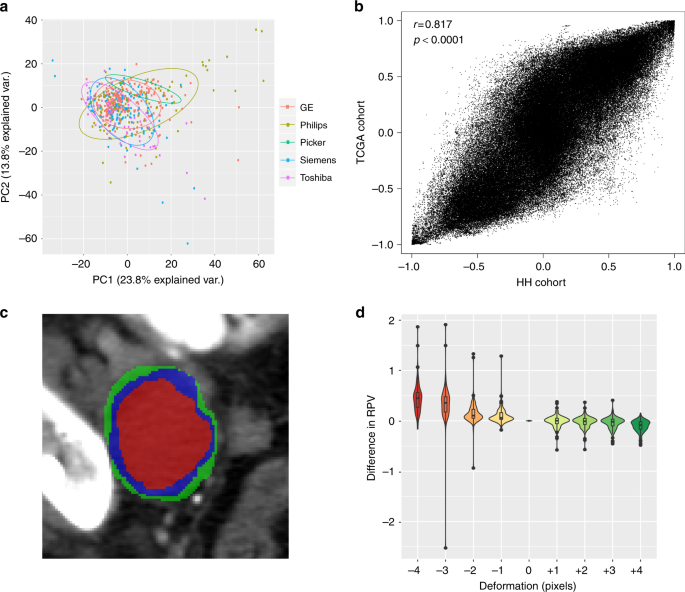AI predicts which ovarian cancer treatment is best for each patient
This week’s blog post was written by Liz Ashforth. The topic is a perfect fit since Liz has decades of experience with MATLAB and a background in biomedical engineering. The research discussed in today’s post, machine learning to analyze the potential outcomes of various cancer treatments, is yet another example of how artificial intelligence is impacting the medical field.
Ovarian cancer is the sixth most common cancer in women, and it is a particularly deadly cancer. The five-year survival rate is only 35 to 40%, considerably lower than the survival rates for breast cancer (87%), endometrial cancer (79%), and cervical cancer (67%).
Today, ovarian cancer is diagnosed with a blood test and a CT scan. The blood test looks for CA125, a substance indicating the possible presence of cancer, while the CT scan helps to create a picture of the tumor. This information provides some insight into the severity of the cancer but does not provide detailed insight into which treatment is best for each individual patient.
New research using artificial intelligence (AI) has the potential to improve the way medical professionals treat the disease. The researchers developed machine-learning software called TEXLab which forecasts the survival rates and response to various treatments for each individual patient.
According to PharmaTimes, “The software, created by researchers at Imperial College London and the University of Melbourne, has been able to predict the prognosis of patients with ovarian cancer more accurately than current methods, and can also predict what treatment would be most effective for patients following diagnosis.”
“Long-term survival rate for patients with advanced ovarian cancer is poor despite advancements in treatments. There is an urgent need for new ways,” said Eric Aboagye, Ph.D., professor at Imperial College London.
Aboagye led a team of researchers at Imperial College London and the University of Melbourne that developed a machine-learning algorithm to create more targeted treatment plans and more accurately predict the prognosis of patients diagnosed with ovarian cancer. Their work was recently published in Nature Communications.

Eric Aboagye, Ph.D., professor of cancer pharmacology and molecular imaging, Imperial College London. Image Credit: Imperial College London.
TEXLab, machine learning software developed in MATLAB, analyzes ovarian cancer tumors and identifies which treatment will likely be most effective for each patient. The trial took place at Hammersmith Hospital, part of Imperial College Healthcare NHS Trust.
“Our technology is able to give clinicians more detailed and accurate information on how patients are likely to respond to different treatments, which could enable them to make better and more targeted treatment decisions,” said Aboagye.

Unsupervised clustering analysis of radiomic data in epithelial ovarian cancer (EOC). Image Credit: Eric O. Aboagye et al., Nature Communications.
TEXLab examined four characteristics of the tumor – the structure, shape, size and genetic makeup – to assess the patients’ prognosis and each patient received a score known as Radiomic Prognostic Vector (RPV) to indicate the severity of the disease, ranging from mild to severe. The team used image processing techniques, including wavelet decompositions, to analyze the CT images. All algorithms were implemented in MATLAB.
The researchers compared the results with blood tests and current prognostic scores used by doctors to estimate survival. They found that the software was up to four times more accurate for predicting deaths from ovarian cancer than standard methods.
Future studies are planned to research how accurately the software can predict surgical outcomes, and how individual patients will respond to treatments. The use of artificial intelligence to improve patients’ prognosis and treatment plans is a huge step forward in non-invasive cancer treatment.










コメント
コメントを残すには、ここ をクリックして MathWorks アカウントにサインインするか新しい MathWorks アカウントを作成します。